Guide to Castillo de la Duquesa, a small fishing village on the Costa del Sol in Manilva municipality, Malaga province, Andalucia, Spain
By Nick Nutter | Updated 27 Jul 2023 | Málaga | Villages |
Login to add to YOUR Favourites or Read Later
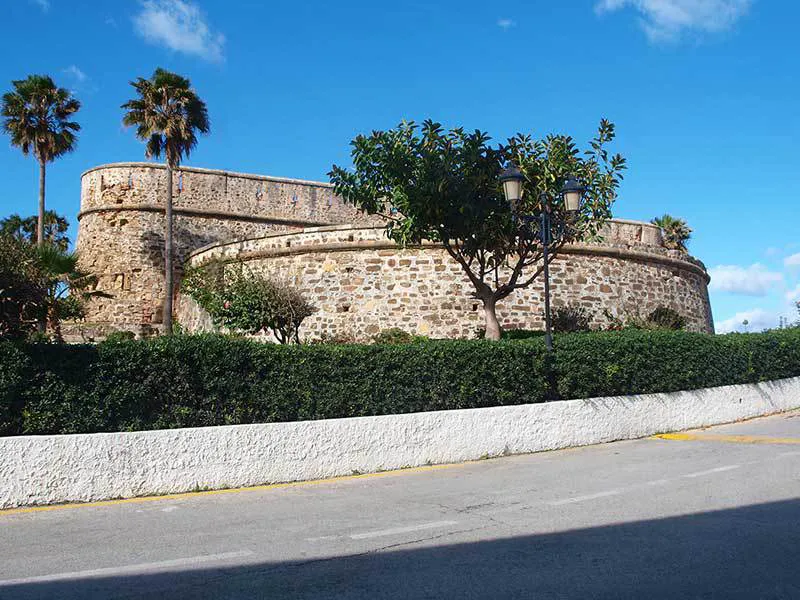
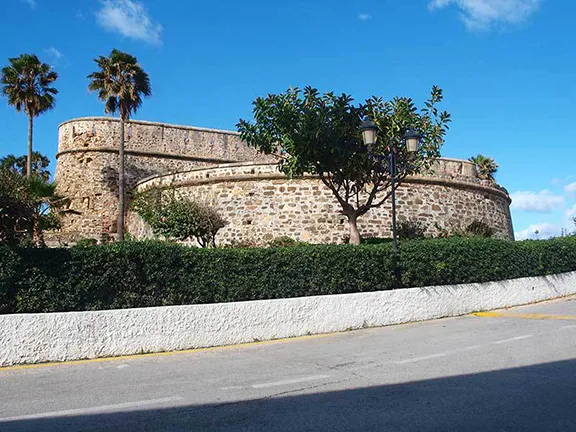
18th century castle at Castillo de la Duquesa
Just ½ kilometre west of the purpose-built marina and resort of Puerto de la Duquesa, this small white fishing village, nestled alongside its 18th-century castle, is as unspoilt as any place you are likely to find in this area. The castle itself was built in 1767 and is one of the finest examples of 18th-century fortifications in this part of Spain. Castillo de la Duquesa also has some fine restaurants.
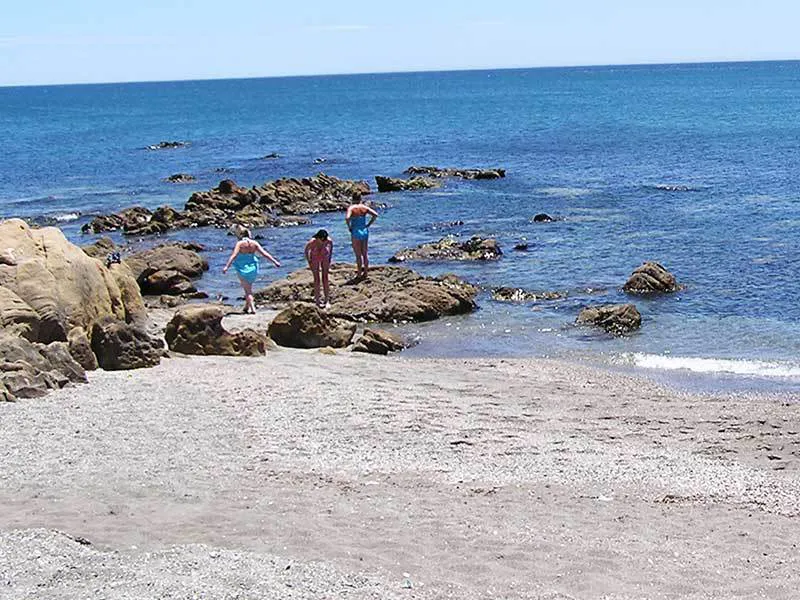
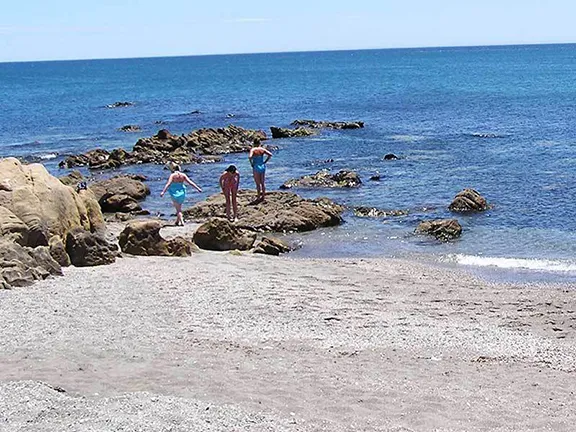
Beach at Castillo de la Duquesa
The castle originally housed a combination of cavalry, infantry and artillery to defend the coast. In the early 19th century the French invaders installed French troops. More recently, within living memory, the castle housed the poorer families of Castillo. Now it is occupied by the Department of Culture of the Town Hall of Manilva and houses a museum displaying artefacts dating back 3000 years, all found in the area and a fencing museum.
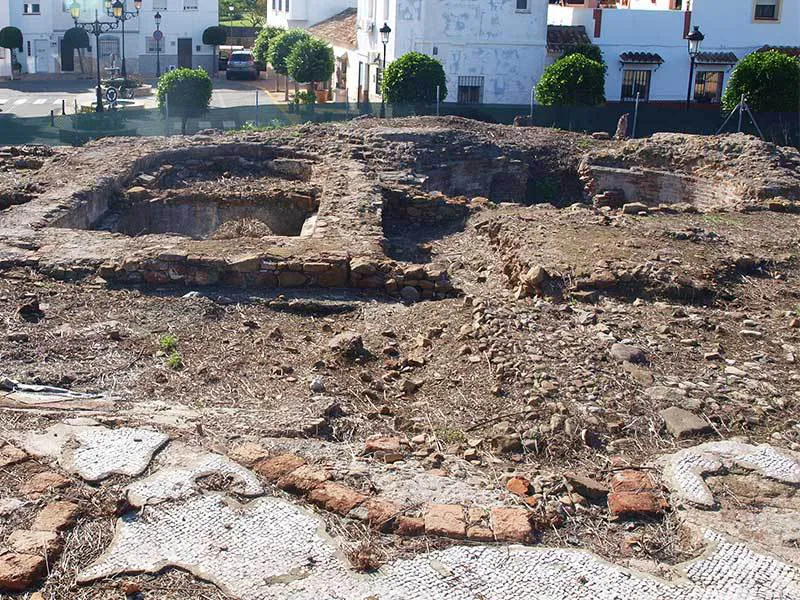
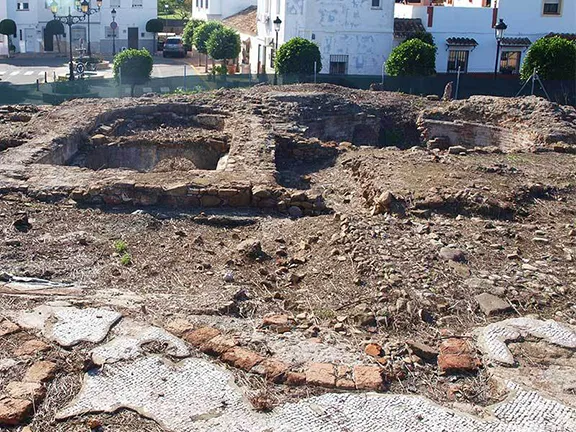
Roman Excavations at Castillo de la Duquesa
The small, white, fishing cottages, once fronting directly on to the beach, now protected by a sea wall, surround a village square, the Plaza de los Banos Romanos. There is a small, ornately decorated church, a couple of bars and a number of fish restaurants. During the summer, June to September, you will find two traditional chiringuitos open, one at each end of the village, Malibu to the west and Andres y Maria to the east. Both have sunbeds and umbrellas for daily hire. Alongside Malibu, the local fishing boats rest safely above the high water mark, drawn from the sea by a windlass the design of which has not changed for 2,500 years.
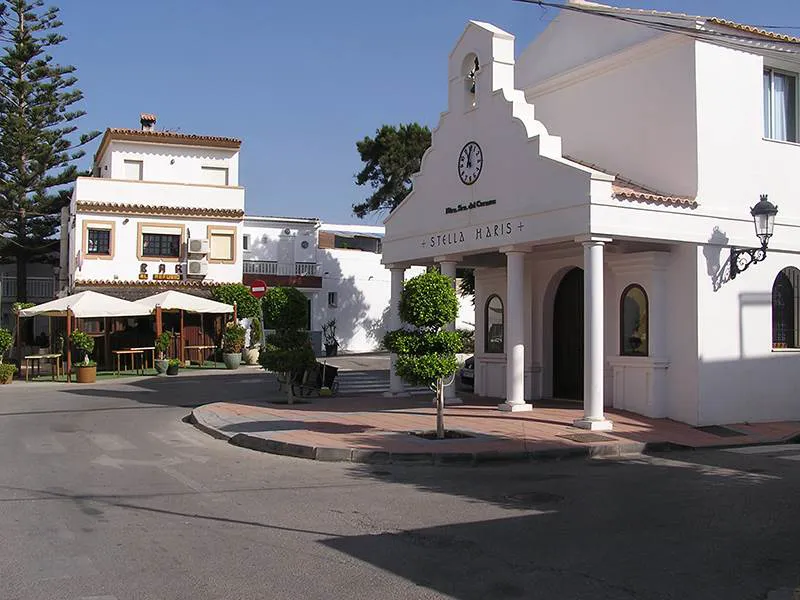
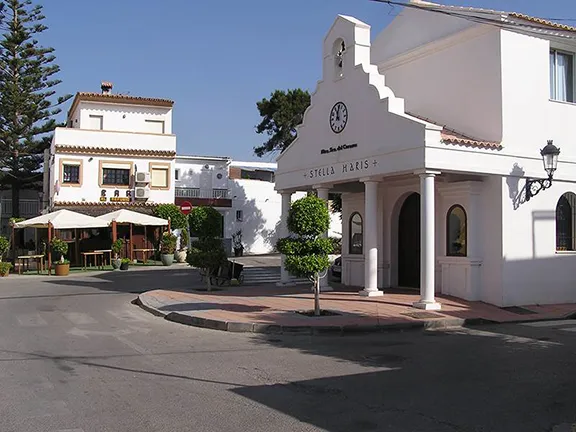
Church Castillo de la Duquesa
Castillo has two beaches separated by some interesting rocks, a cove and rock pools. The Malibu beach extends quite a few kilometres west, the part that Castillo owns is a wide strip of fine gravel that is extremely popular with the local Spanish families. The Andres y Maria beach is a small bay protected by rocky reefs at each end. This bay provides safe swimming for all the family and some good snorkelling.
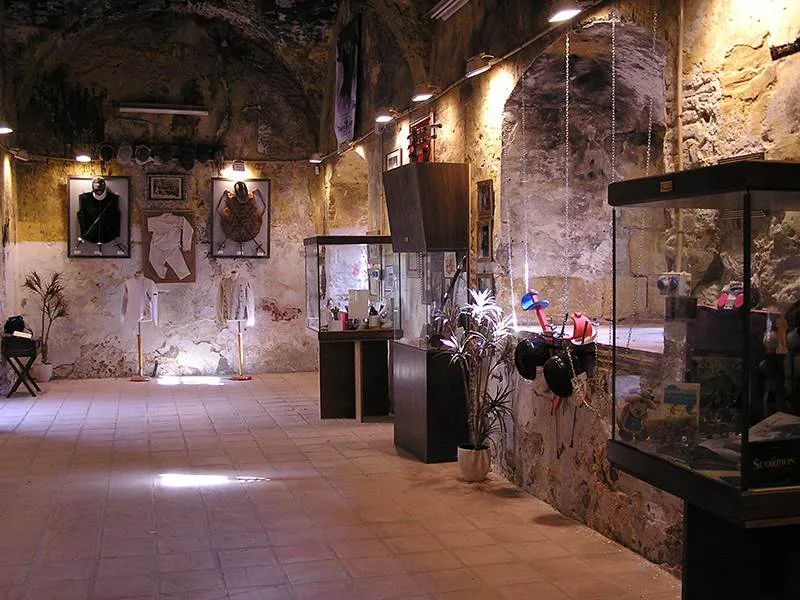
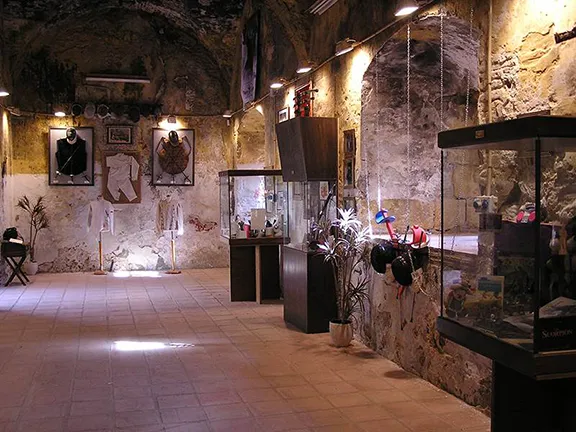
Fencing Museum in the castle
The visitor to Castillo may wonder at the excavated works that seem to surround the village. A clue is in the name of the village square.
In Roman times, between 100 AD and 500 AD, Castillo was a thriving town, much larger than the present day urban area. Its products were the then-fashionable fish sauce, garum, fish and salt. These products were exported by sea in amphorae, many of which were made in Malaga.
Behind the easterly beach and beneath an apartment block built in 2006 is the site of the necropolis that would have been just outside the town walls. Just west of the apartments, and still visible, are the foundations of the fish-preserving tanks. North of the castle, that seems to have been built on the site of the former Roman port and associated watchtower, was a combined residential and commercial area whilst to the west, alongside the children’s playground is a Roman villa complete with its own thermal baths. When finance is available, it is planned to make the whole site an Archaeological Park.